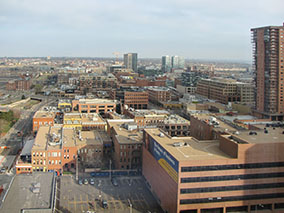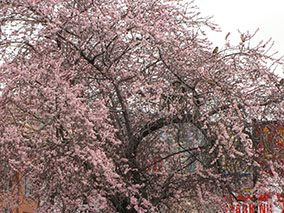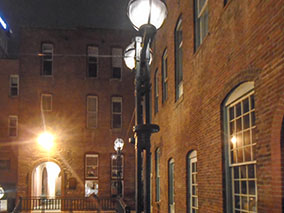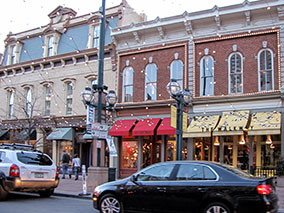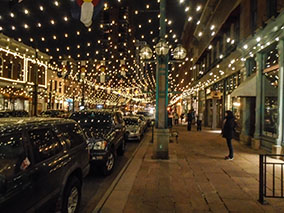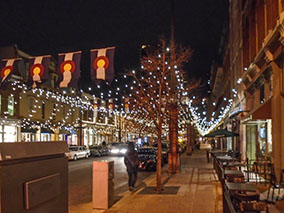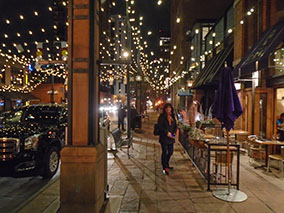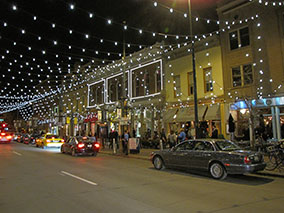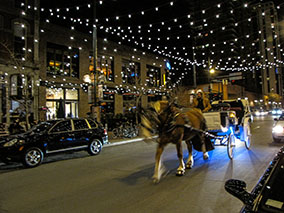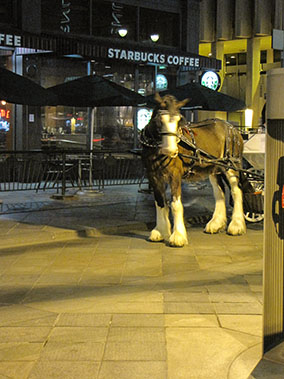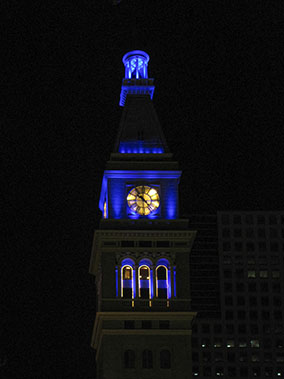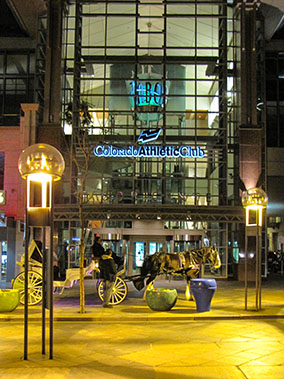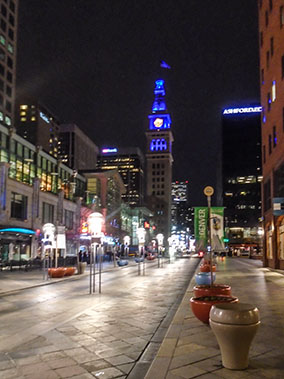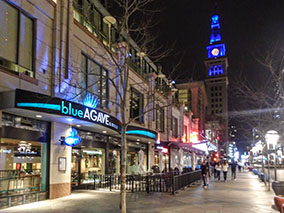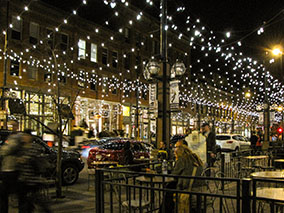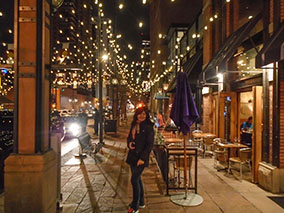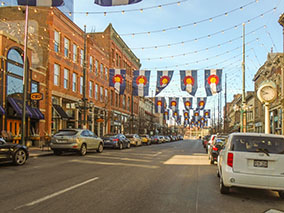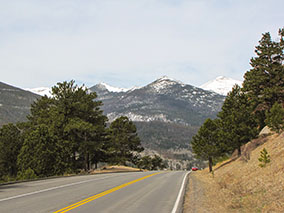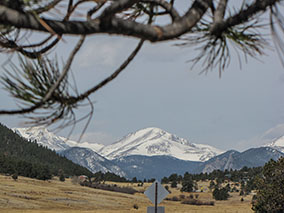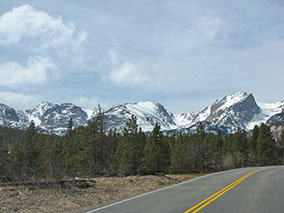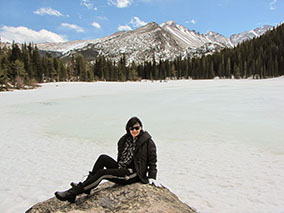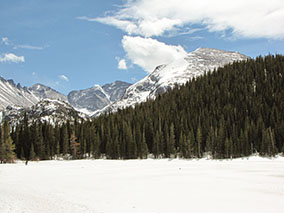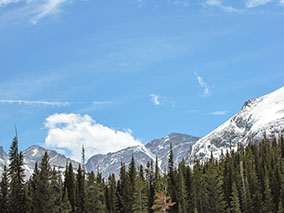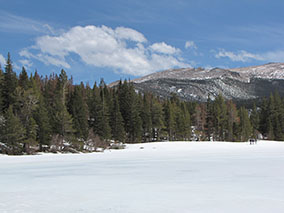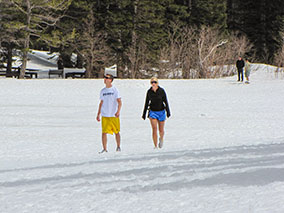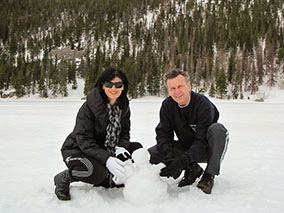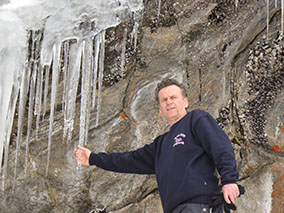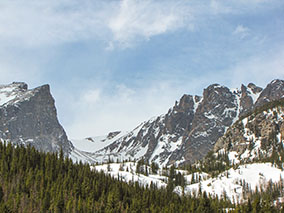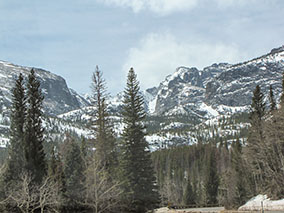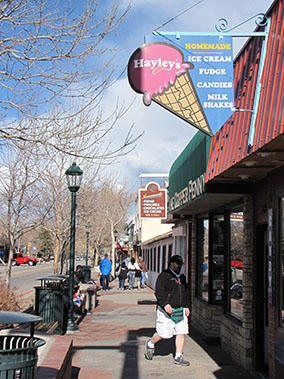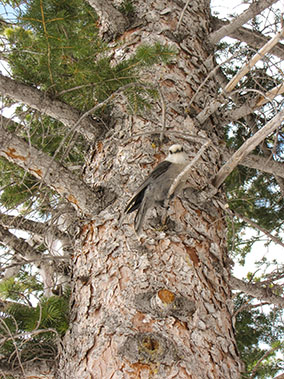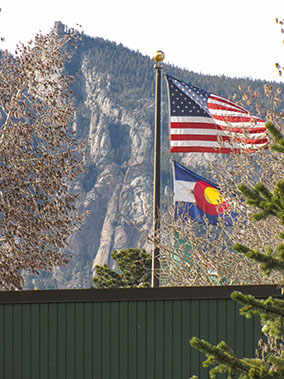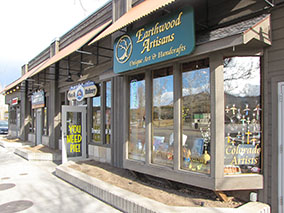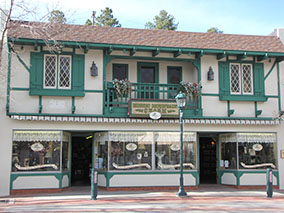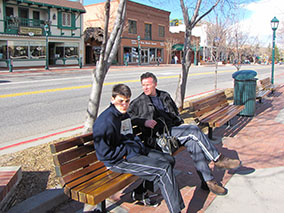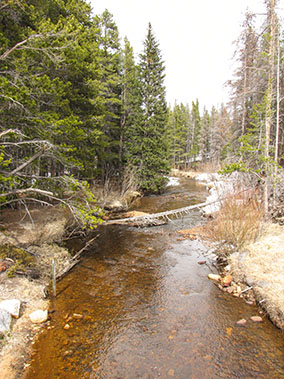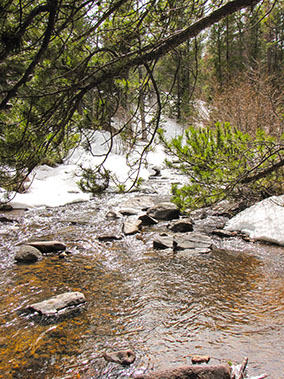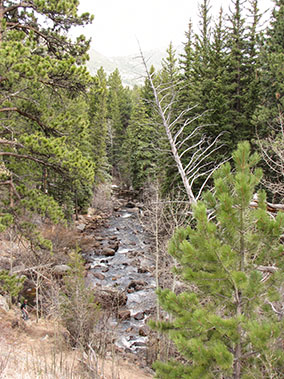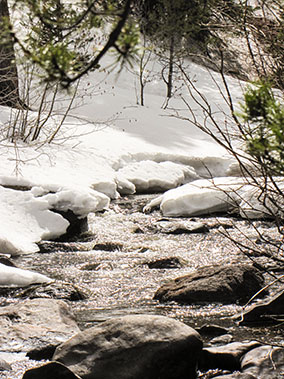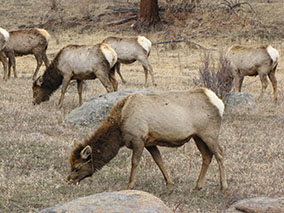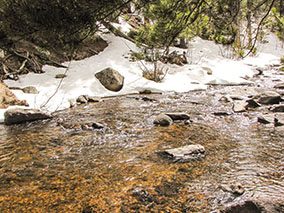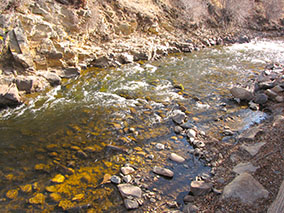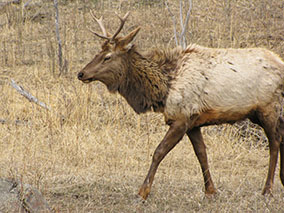Denver, the Mile High City
Denver, Colorado is a walkable, outdoor city with 300 days of sunshine, brilliant blue skies and breathtaking mountain scenery. Founded in 1858 as a gold mining camp, Denver is located at the base of the majestic Rocky Mountains, 5,280 feet (1,609 meters) above sea level – exactly one mile high.
Although we have visited Denver a few times, we really didn’t spend a lot of time exploring the city itself. We stayed in Four Seasons Hotel, located very close to the Denver’s landmark Larimer Square, the city’s oldest block, features landmark 19th–century buildings. For us, Denver was also a jumping–off point for, national parks, lakes or ski resorts in the nearby Rocky Mountains
Downtown Denver (Historic District)
Ever since the gold rush, Denver has been Colorado’s gateway and major metropolis. With its location at the intersection of the plains and the mountains, its people and institutions have tied together the sections of the state and served as a point of contact between Colorado and the wider world. As the state’s political capital and largest city, Denver has been the natural center for decision-making.
The extension of railroads in the late 1800s gave Denver access to all parts of the West. From a retailing town, Denver grew into the primary supply center for a large portion of the Rocky Mountain West. The city became the natural distribution point for the region’s industries and its agricultural products. Today, Denver continues to be the economic and political heart of Colorado.
In spite of many obstacles, the most of the original buildings were preserved and today, Denver is able to offer multiple walking tours through its historic district. They are divided into LoDo (Lower Downtown) and Downtown Denver historic district.
Denver is one of a few cities that can very precisely point to the location where it began. Larimer Square was the site where the first building was constructed back in 1858. An iconic and lively gathering place, Larimer Square is the beating heart and creative soul of Downtown Denver and It is the city’s first designated local historic district. Larimer Square is known as the shopping district where Victorian buildings house specialty boutiques and unique chef–driven restaurants with one–of–a–kind stores and distinctive fashion offerings.
Historic 16th Street runs through the heart of Denver. It’s home to restaurants, shops, theaters and towering office buildings, but despite the modern luxuries, The Mile High City’s “Main Street” also has a unique history that will unfold as you stroll.
D & F Clock Tower Built in 1911 and designed by architect F. G. Sterner, the D & F Tower was the tallest structure west of the Mississippi, at a height of 393 feet. Visitors to the 20th floor used to be able to see 200 miles in any direction. The building is of the Italian Renaissance style and is constructed of brick, stone & terra cotta.
Driving from Denver to Bear Lake
Bear Lake is a scenic trailhead and destination in Rocky Mountain National Park. Sitting at an elevation of 9,450 feet, the alpine lake rests beneath the sheer flanks of Hallett Peak and the Continental Divide at 40.31324°N 105.648222°W. Several trails, from easy strolls to strenuous hikes, start from the lake. Bear Lake is known for its native species endemic to the turquoise blue waters and the lake is 4.8 hectares in area. Its maximum depth is 11 meters (36 feet) and swimming is not allowed. The lake is completely surrounded by a ring of mountains and trees. The trail around the lake is around 1 mile long and anyone can successfully walk it. When we were there, the lake was frozen and walking on ice was a good fun.
Estes Park was our stop point on the way back from Bear Lake. It’s known as a base for the Rocky Mountain National Park, home to wildlife including elk and bears, plus miles of trails. The park’s Trail Ridge Road winds past craggy peaks, forests and tundra. Nearby are the wilderness areas of Roosevelt National Forest. The Estes Park Aerial Tramway connects the town to the summit of Prospect Mountain for views over the valley.
One of the best reasons Estes Park is a top travel destination is its abundance of scenic accommodations, such as Brynwood on the River. They offer cozy individual cabins on the river, motel rooms, and private mountain vacation homes to accommodate all types of travel.
Trees at higher elevations begin turning in late August; the delightful golden color makes its way down the mountain reaching the trees at lower elevations in October. Mid-September to the beginning of October is generally the best time to catch the changing colors, as well as hear the elk bugling.
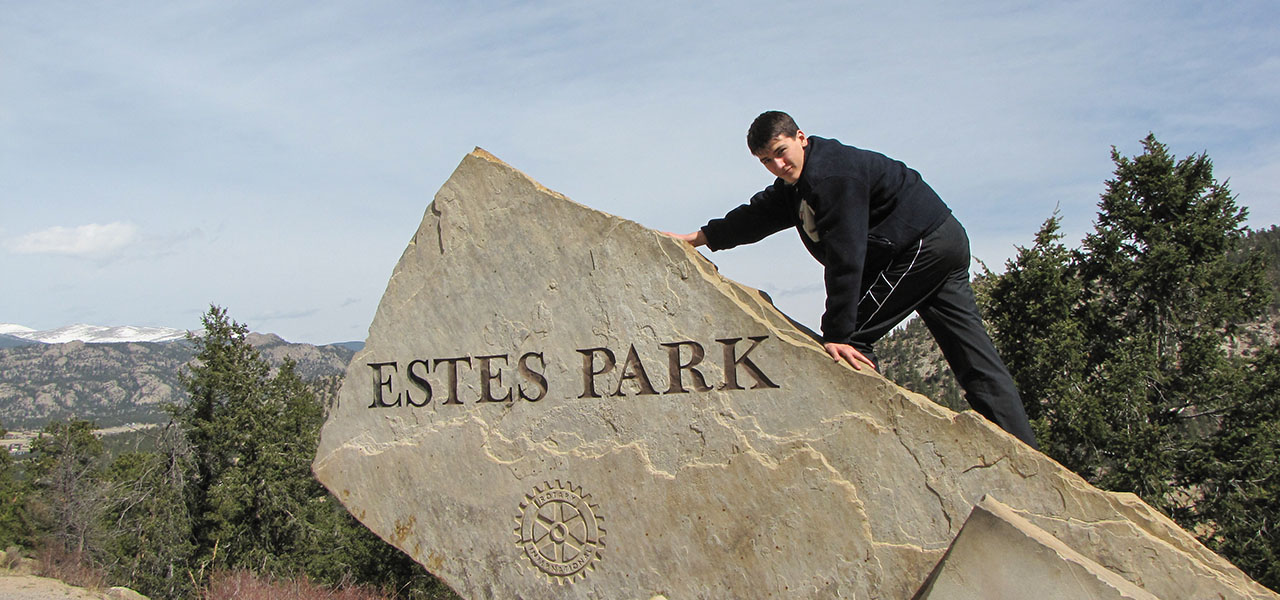
From Estes Park we took Peak to Peak scenic route, started with CO 7 Highway. Established over 100 years ago, this is Colorado’s first scenic byway. It’s a lovely drive, passing interesting sites and places along the way. Here are some of our memories.
And for the end, one more from Loveland ski area....Thanks for watching!

